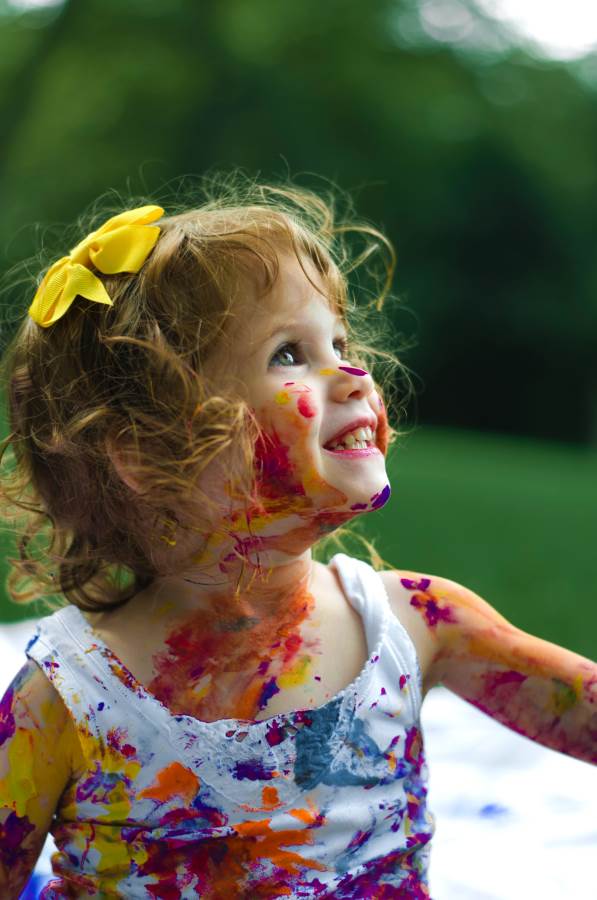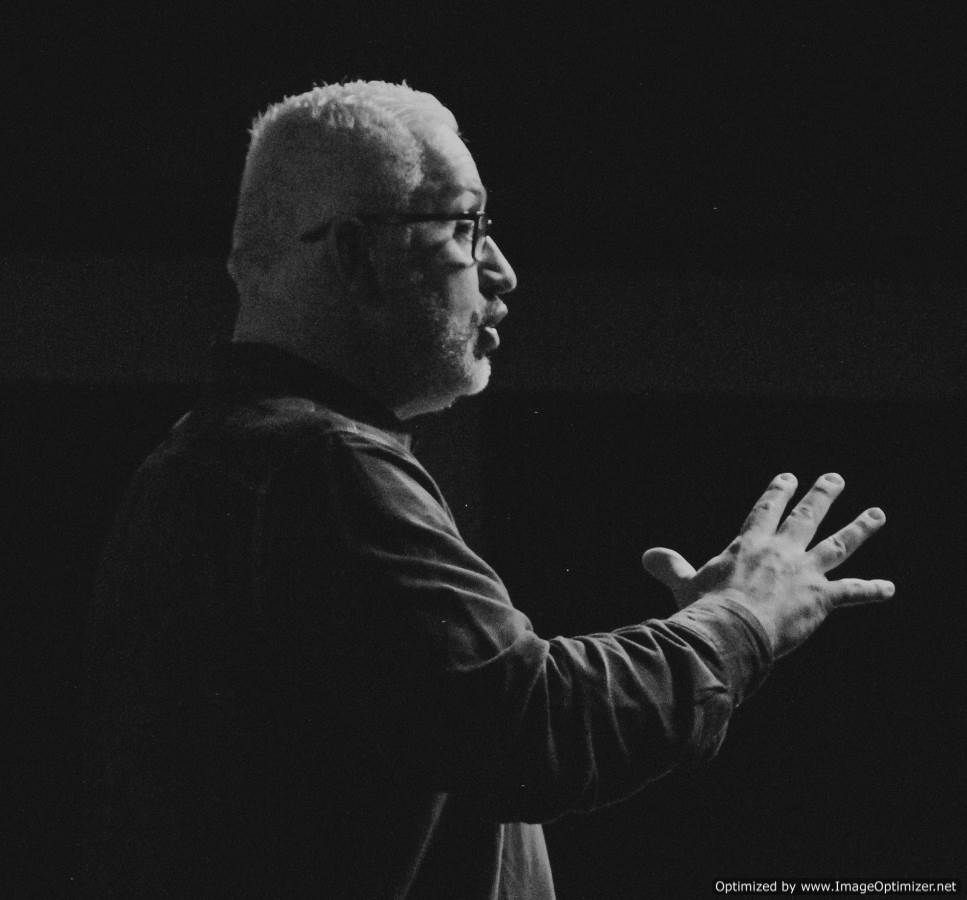
How does arts and crafts enhance your child?
Edklund-Flores puts it best: Fostering creativity won’t just increase your child’s chances of becoming the next Picasso. You’re also helping him develop mentally, socially, and emotionally.Here are some reasons why arts and crafts are beneficial to your child.

1. Motor & Academic Skills
Cutting, gluing, painting, and drawing all constitute developing fine motor skills for young children. Whether it’s threading beads to create a necklace or sculpting clay to create a statue, dexterity is certainly a necessity when participating in arts and crafts.

In addition, to the noteworthy motor skills children obtain, creativity that stems from arts and crafts has also been proven to enhance academic outcomes.A report from the Houston’s Arts Access Initiative concluded that there was a 13% improvement in standardized writing scores. Furthermore, the Americans for the Arts gathered that children who engage in
artistic activities are four times more likely to be recognized for academic achievement.
2. Creating Compassion and Communication
Along with providing academic enrichment, art has been proven to stimulate empathy and compassion in young children. Art is an unspoken language, and when children are given the opportunity to foster their creativity within this language they develop a deeper understanding

of other people, their feelings, and an overall more empathetic perspective. Christianne Strang a neuroscience professor states “creativity in and of itself is important for remaining connected to yourself and connected to the world.” Art has also been known to stimulate communication skills. When a child portrays something on a canvas he/she is communicating to you visually. Art goes beyond a verbal language by depicting feelings that may otherwise not be expressed.
3. Health and Confidence

Although it’s not visible to the naked eye, art promotes mental and emotional stability. Moreover, it encourages confidence and a sense of authority in young minds. In the journal the arts in psychotherapy, they measured blood flow to the brain's reward center, the medial prefrontal cortex. 26 participants completed three art activities, and as expected researchers found an increase in blood flow to this part of the brain when the participants were creating art. As previously mentioned the arts also instill pride. When your child works endlessly and relentlessly on a piece of art he or she feels an enormous sense of accomplishment when it is finally completed. Dory
Cantor an educational consultant and arts curriculum writer states, “children not only become appreciators of each other’s work, but also develop skills of self reflection in the effort to bring their personal vision to fruition.”

